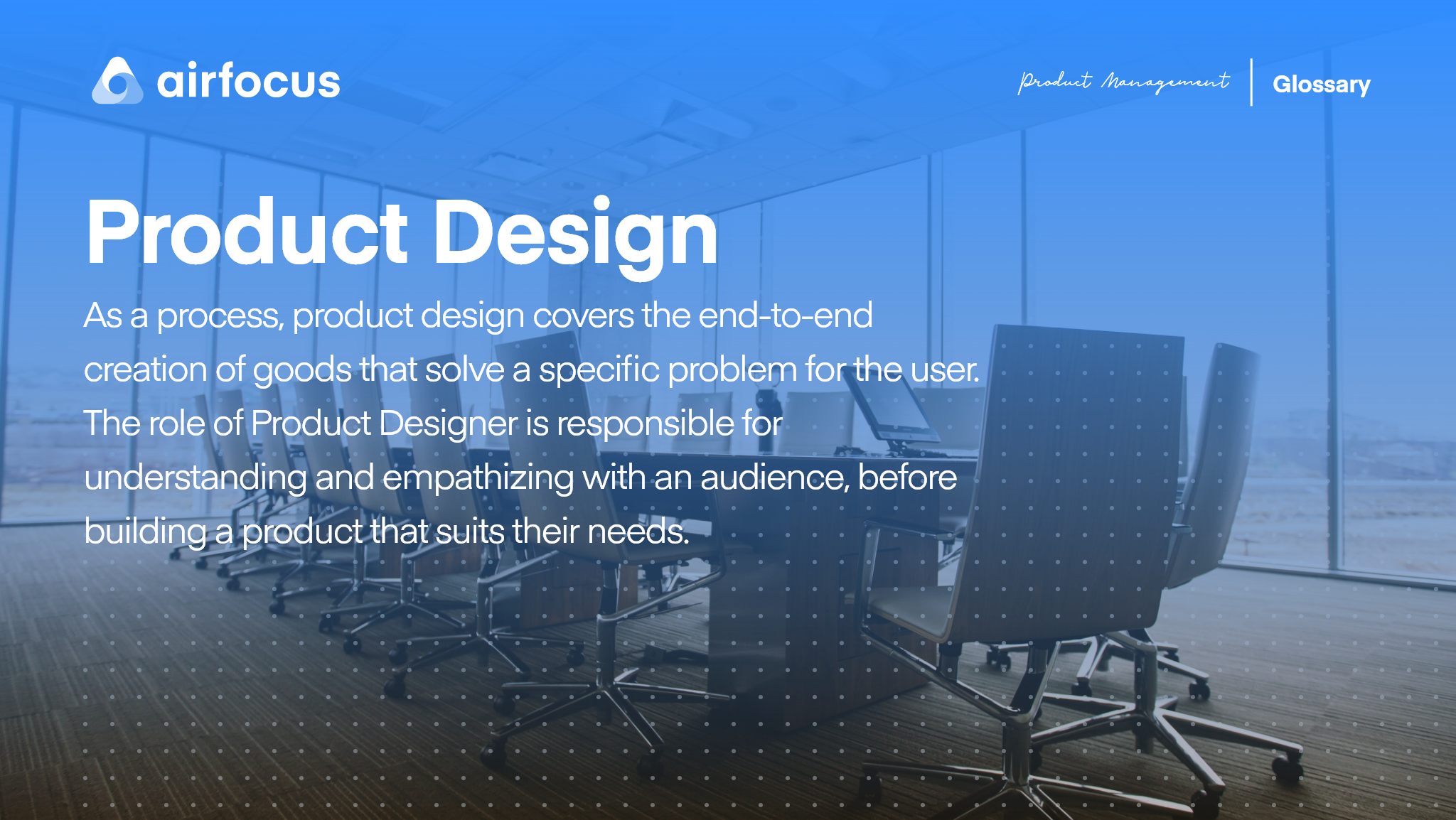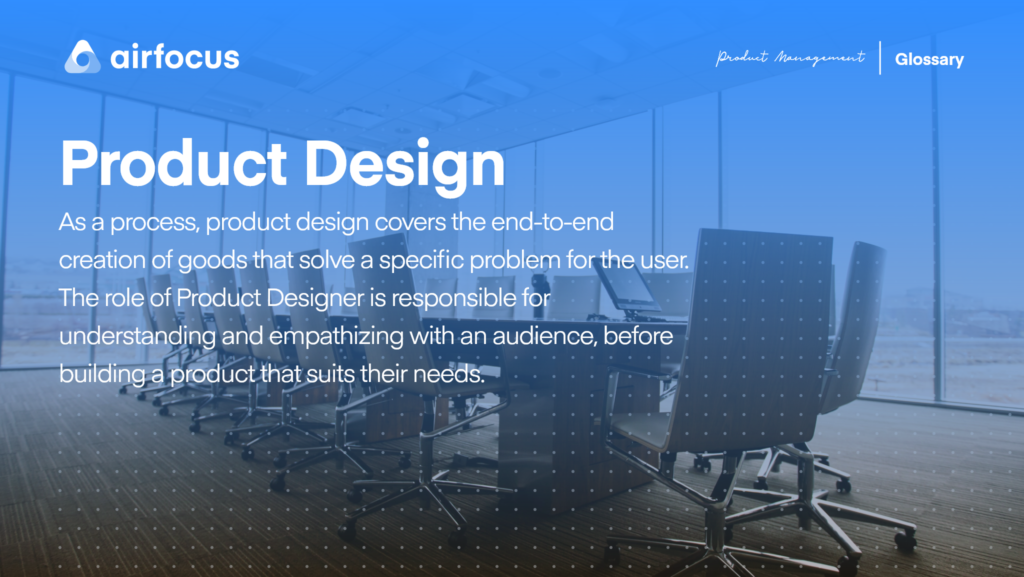What Is Product Design And Its Significance


The design of a product plays a vital role in ensuring consumer satisfaction. It influences your general knowledge and perception of the brand when you buy it. This article will explore the importance of product design and its effect on consumer contentment.
Learn how creativity, functionality, aesthetics, and user-centred design are integral to developing consumer-resonant products. From enhancing brand perception to propelling market success, product design is a crucial element in creating successful and influential products. Let’s plunge in!
Contents
- The Role of Product Design in Consumer Satisfaction
- The Importance of Creativity in Product Design
- Aesthetics and Visual Appeal in Product Design
- User-Centered Design: Putting Consumers First
- The Impact of Product Design on Brand Perception
- The Iterative Process of Product Design
- Product Design and Market Success
- Conclusion
The Role of Product Design in Consumer Satisfaction
Effective product design takes both functionality and aesthetics into account, resulting in something that not only fulfils your requirements but also appeals to your sensibilities. By meticulously crafting the appearance, feel, and efficacy of a product, designers or product design consultancy firms aim to increase your satisfaction and encourage you to choose their brand over rivals.
A well-designed product can provide innovative features, user-friendly interfaces, and life-simplifying solutions. Additionally, it can produce positive emotions and leave a lasting impression. By prioritising product design, companies ultimately demonstrate their dedication to meeting your expectations and ensuring you have a positive consumer experience.
The Importance of Creativity in Product Design
To completely appreciate the significance of creativity in product design, you must comprehend how it fuels innovation and distinguishes your ideas. Creativity is the engine that propels innovative new designs to market. It enables designers to think creatively and develop novel solutions to satisfy consumer requirements.
Creativity also plays a significant role in enhancing user experience by making products more intuitive, aesthetically appealing, and pleasurable to use. It empowers designers to stretch boundaries, challenge conventions, and design products that not only solve problems but also inspire and delight users.
Ultimately, creativity is what transforms conventional products into extraordinary ones that leave consumers with a lasting impression.
Aesthetics and Visual Appeal in Product Design
When it comes to product creation, aesthetics are important. People are attracted to visually appealing and aesthetically attractive products. Not only does a well-designed product function flawlessly, but it also attracts attention and elicits a positive emotional response.
The colour scheme, typography, graphics, and overall product layout all contribute to its aesthetic appeal. Remember that a visually enticing design is more likely to make an enduring impression on users and stand out among competitors.
User-Centered Design: Putting Consumers First
Implement a user-centered design strategy to prioritise your customers. User-centred design is an essential aspect of product design that emphasises comprehending and satisfying the requirements of end-users. Ensure that your product is intuitive, efficient, and pleasurable to use by placing the user first.
This strategy involves executing extensive research to obtain insight into the preferences, behaviours, and pain points of the target audience. By involving users throughout the design process, you can collect valuable feedback and make well-informed decisions to create a product that genuinely satisfies their needs.
User-centered design also reduces development costs by identifying potential problems early and preventing costly redesigns later. By placing the consumer at the centre of the design process, you can create products that resonate with them, increasing customer satisfaction and loyalty.
The Impact of Product Design on Brand Perception
The design of a brand’s products has a direct impact on how you perceive the brand. The design of a product has a significant impact on your perception of a brand because it reflects the brand’s values, aesthetics, and overall quality. When a product is well-designed, it can create a favourable impression and increase consumer confidence and brand loyalty.
On the other hand, improperly designed products can leave you feeling dissatisfied or unimpressed, which can harm your overall perception of the brand. The design of a product also conveys essential information about its functionality and usability, influencing your expectations and level of brand satisfaction.
Therefore, brands must prioritise effective product design to create positive consumer experiences and preserve a solid brand reputation.
The Iterative Process of Product Design
Product design is an iterative process that involves perpetually refining and enhancing the brand’s offerings. It is a cyclical process that permits designers to collect feedback, make modifications, and iterate their designs. This procedure begins by collecting requirements from stakeholders and conducting market research to determine user requirements. Designers then construct prototypes or mockups to test and evaluate the functionality and efficacy of the product.
The accumulated and analysed user feedback serves to identify areas for improvement. Designers modify the product’s design based on this feedback, creating new iterations of the product. This iterative cycle continues until a final version that meets user requirements and aligns with brand objectives is produced. The iterative process of product design ensures that brands remain relevant in an ever-changing market by delivering innovative, functional, and user-friendly products consistently.
Product Design and Market Success
Design is essential for attracting consumers and satisfying their requirements when it comes to creating a successful product. In addition to aesthetics, effective product design also considers functionality, usability, and user knowledge. Companies can discriminate themselves from rivals and establish a strong brand identity through careful design.
By comprehending consumer preferences and incorporating them into product design, businesses can develop products that resonate with their target market, increasing customer satisfaction and loyalty. Ultimately, the connection between product design and market success rests in designing products that exceed consumer expectations.
Conclusion
Effective product design necessitates creativity, functionality, aesthetics, and a user-centric approach. In addition, product design has a direct effect on brand perception and can contribute significantly to market success.
By understanding the iterative process of product design and prioritising consumer requirements, businesses can develop products that not only meet customer expectations but also stand out in a crowded marketplace. Remember that investing in high-quality product design is essential for business success.
Also Read: Uncovering the Secrets of Successful Web Design Agencies





